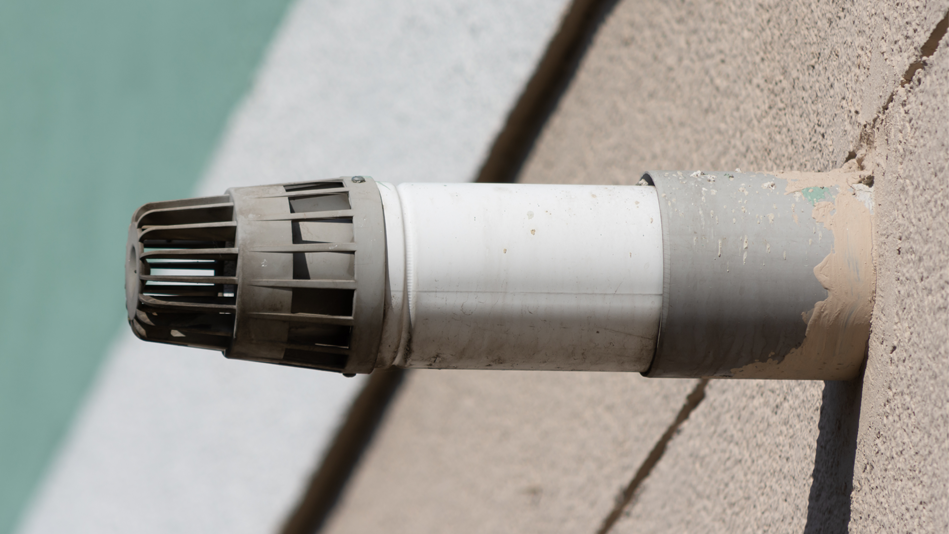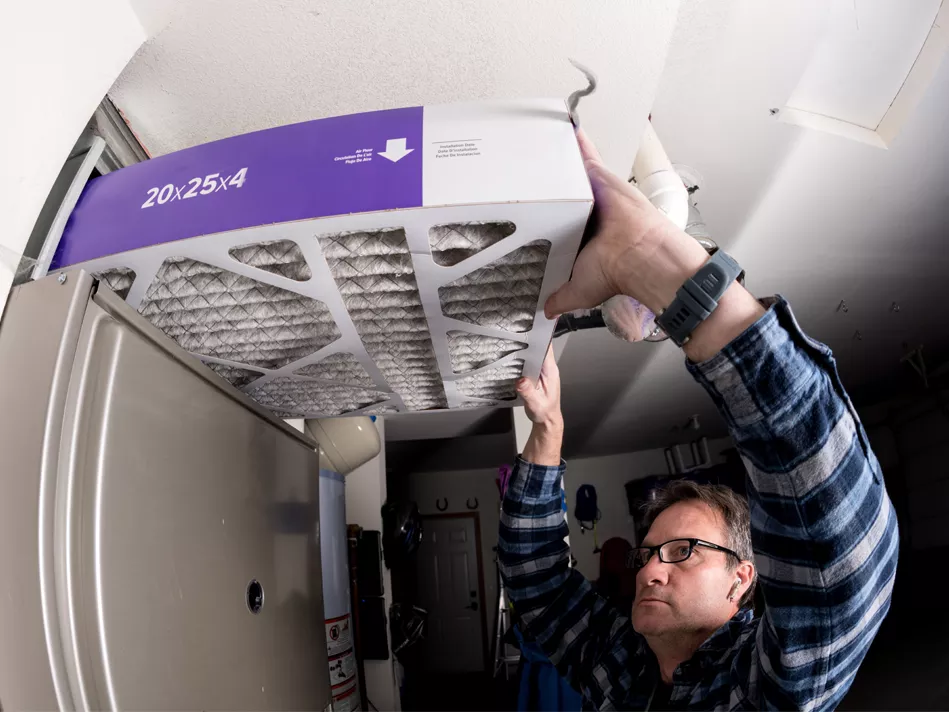Maintaining your furnace is a critical part of ensuring that your home remains comfortable and efficient during the winter months. In this article, we'll cover basic maintenance tips you can do yourself that help your furnace work better and last longer, potentially saving you money on heating bills and repair costs for years to come.
Why is furnace maintenance important?
Giving your furnace a thorough inspection at least once a year is the best way to catch small problems before they become big ones. Key maintenance items you can do yourself include:
- Checking your air filter monthly and replacing it as needed. A clogged air filter can reduce airflow and cause your furnace to work harder, which can lead to premature wear and tear.
- Inspecting the blower assembly and cleaning it as needed. The blower is responsible for circulating air through your home, and a buildup of dirt and dust can reduce its efficiency.
- Lubricating the moving parts of your furnace once a year. This helps the parts – and your furnace – run smoothly and prevent premature wear.
- Inspecting the flue pipe annually to make sure it is clear of obstructions. The flue pipe removes fumes from your furnace and releases them outside your home, so keeping it clear is important.
- Getting your furnace professionally serviced once a year. Having an expert give your furnace an annual tune-up helps ensure it runs efficiently and problems are caught before they become major issues.

How maintaining your furnace can save you money
In addition to helping your furnace run better, regular maintenance can also save you money in the long run. By catching small problems early, you can avoid the need for major repairs or even a complete replacement down the road.
Investing in an annual maintenance service by a professional can also save you money by extending the life of your furnace. When done properly, furnace maintenance can help your furnace last 10-15 years or longer.
If you do need to replace your furnace, choosing a high-efficiency model can also help you save on energy costs over the long term. High-efficiency furnaces use less energy to produce the same amount of heat as older models, which can translate into significant savings on your energy bills.
When to call a professional
While there are many furnace maintenance tasks you can do yourself, there are some that should be left to the professionals. These include:
- Inspecting and cleaning the heat exchanger. The heat exchanger is a key component of your furnace that can become cracked or damaged over time. If you suspect a problem, it's best to have a professional take a look.
- Checking the combustion chamber. The combustion chamber is where the fuel for your furnace is burned, and it needs to be inspected for cracks or leaks on an annual basis. This is a job best left to a professional.
- Cleaning the pilot light assembly. The pilot light is responsible for igniting the fuel in your furnace, and it can become clogged with debris over time. A professional can clean it and make sure it is working properly.
- Replacing the gas valve. The gas valve controls the flow of gas to your furnace, so if you suspect it might be damaged or worn out, please hire a professional.
- Replacing the blower motor. The blower motor is responsible for circulating air through your furnace, and it can fail over time. If it does, it's best to have a professional replace it.
While having a professional service your furnace once a year is the best way to keep your furnace in good shape, there are a few things you can do on your own to help it run more efficiently and last longer.

How to change a furnace filter
One of the most important things you can do to maintain your furnace is to change the air filter regularly. A dirty air filter can impede airflow and cause your furnace to work harder than it needs to, leading to higher energy bills and shortened lifespan for the unit.
Depending on your home’s air quality and the type of filter you have, you should aim to change it every one to three months. To change your furnace filter:
- Turn off power to the unit
- Remove the old filter and insert the new one (be sure to use the right size filter)
- Ensure the filter is properly seated and arrows on the filter point toward the unit
- Turn the power back on
- Test the unit to make sure it is working properly
Cleaning the furnace blower and burner
Another important part of furnace maintenance is cleaning the blower. The blower is responsible for circulating air throughout your home, and over time it can become clogged with dust and debris.
To clean the blower, start by turning off the power to the furnace. Next, remove the blower unit and use a brush or vacuum attachment to remove any dirt or debris.
Your furnace’s burner heats the air that is circulated throughout your home, so it's important to make sure it is clean and in good working condition.
Once you’ve removed the access panel and had a look at the burner, follow the same steps above to clean around the area, removing any dirt or debris that may have accumulated. Once the burner is clean, you can reattach the access panel.

Inspecting the flue pipe
The flue pipe removes fumes from your furnace and releases them outside your home, so it's important to keep it clear of obstructions. You should inspect the flue pipe at least once a year.
Following the same process, remove any dirt or debris in the flue pipe using a brush or vacuum attachment. Once the flue pipe is clear, reattach the access panel and move on to the final step.
If you notice any other problems with your furnace, such as strange noises or an unusual smell, be sure to contact a professional for help. By following these simple tips, you can keep your furnace running smoothly and avoid costly repairs down the road.
Visit us on Facebook, LinkedIn, Twitter or Instagram to tell us your thoughts!

